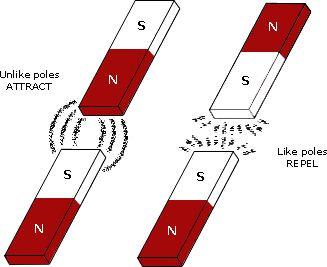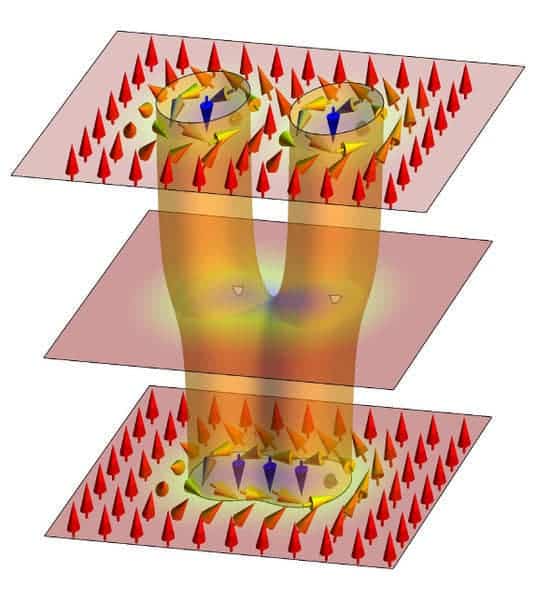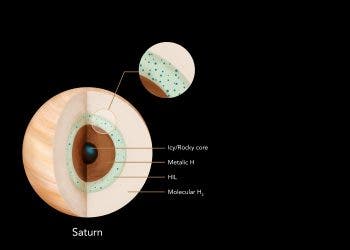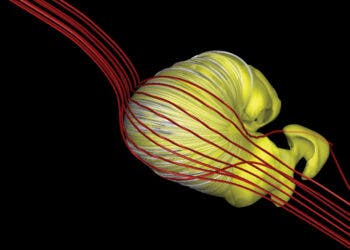A team of researchers from Cologne, Munich and Dresden have managed to create artificial magnetic monopoles, similar in many ways to a fundamental particle postulated by Paul Dirac in 1931.
Monopoles and Dipoles

Until now, a magnetic monopole, the magnetic analogue to an electric charge has never been observed – all we had until now were dipoles: magnetic bodies which have two poles, noted as North and South. Basically, a dipole is a pair of electric charges or magnetic poles, of equal magnitude but of opposite sign or polarity, separated by a small distance. A monopole, as you probably guessed by now – is just a single pole.
A magnetic monopole is a hypothetical particle in particle physics that is an isolated magnet with only one magnetic pole. The interest with monopole particles stems mostly from particle theories (like superstring theory, for example), but in recent times, there’s been industrial interest too, as several companies are interested in using magnetic whirls in the production of computer components.
Creating a monopole

To do this, researchers merged tiny magnetic whirls, so-called skyrmions – hypothetical particles which have been described, but not conclussively proven. At the point of merging, the physicists were able to create a monopole, which has similar characteristics to a fundamental particle postulated by Paul Dirac in 1931 to explain why electrons and protons carry particles of the exact same value.
The thing is, since this doesn’t have two poles, it doesn’t create a magnetic field per se, but even so, it is possible to measure them experimentally in the same manner as normal magnet fields: by the measure in which they deflect electrons.
“It is fascinating that something as fundamental as a magnetic monopole can be realized in a piece of material,” describes Stefan Buhrandt. Despite this, artificial monopoles cannot solve Dirac’s problem: only electrons in solid state, but not protons, feel the artificial magnet fields.






